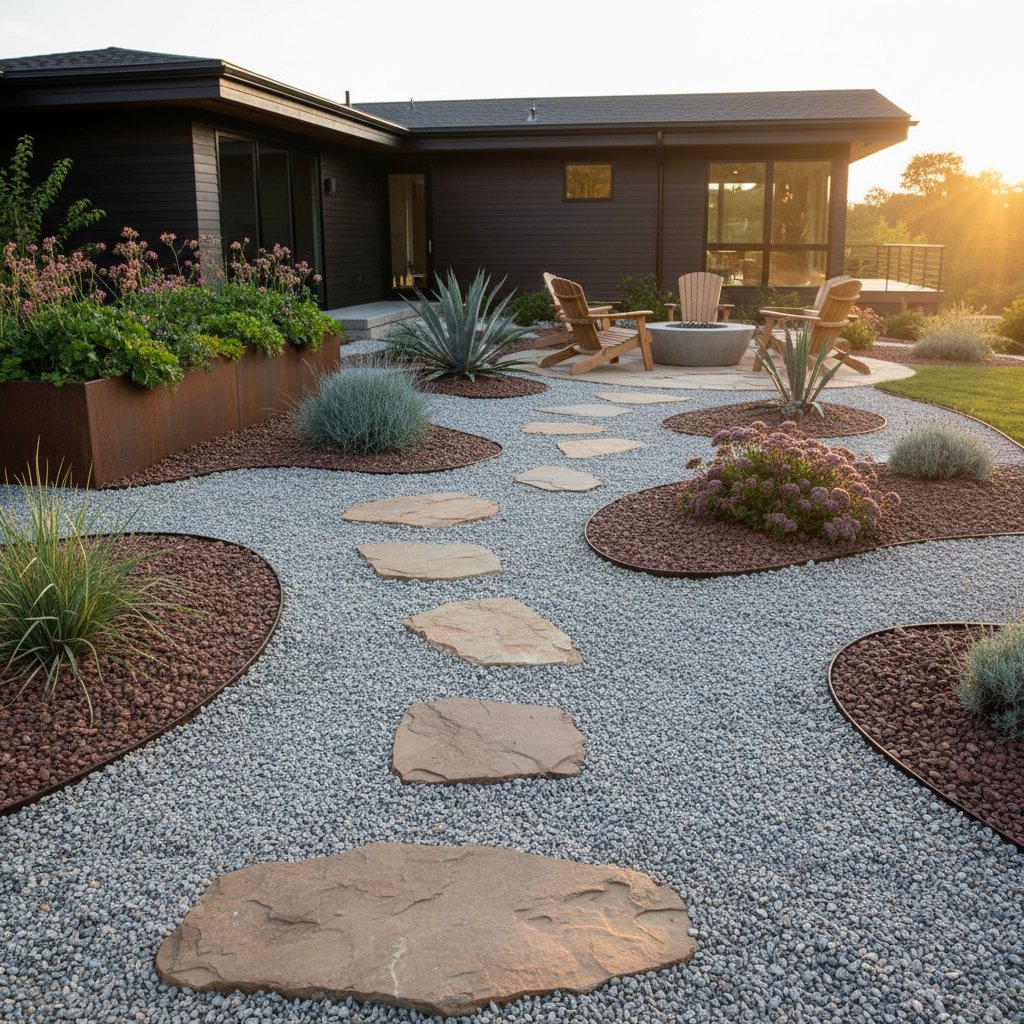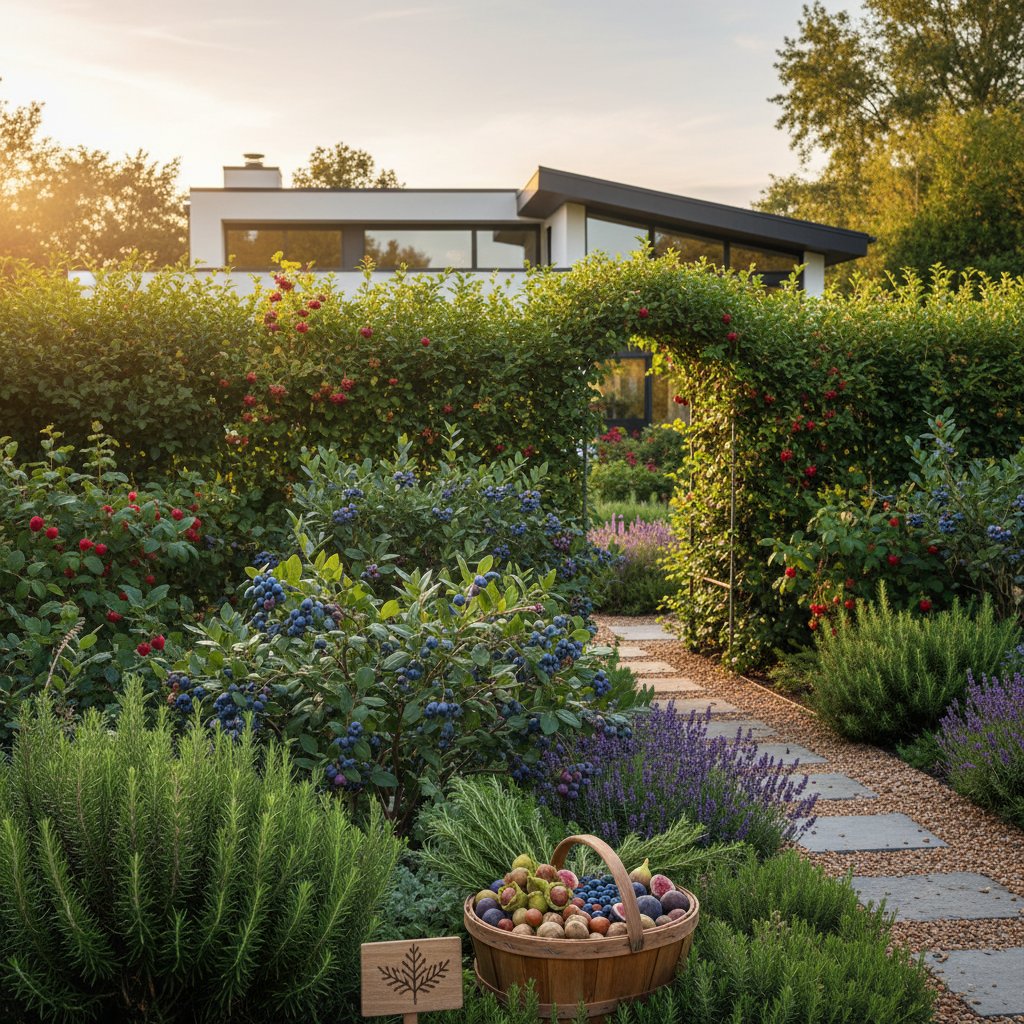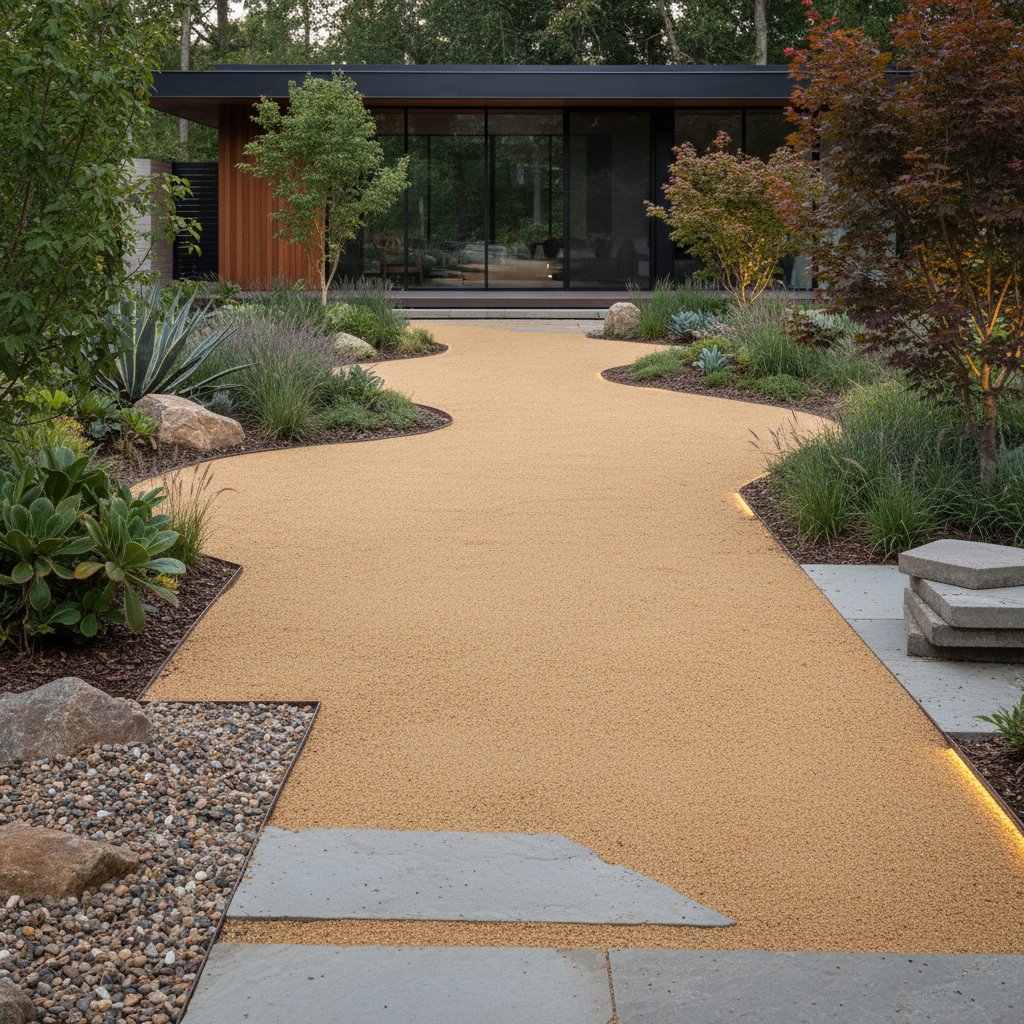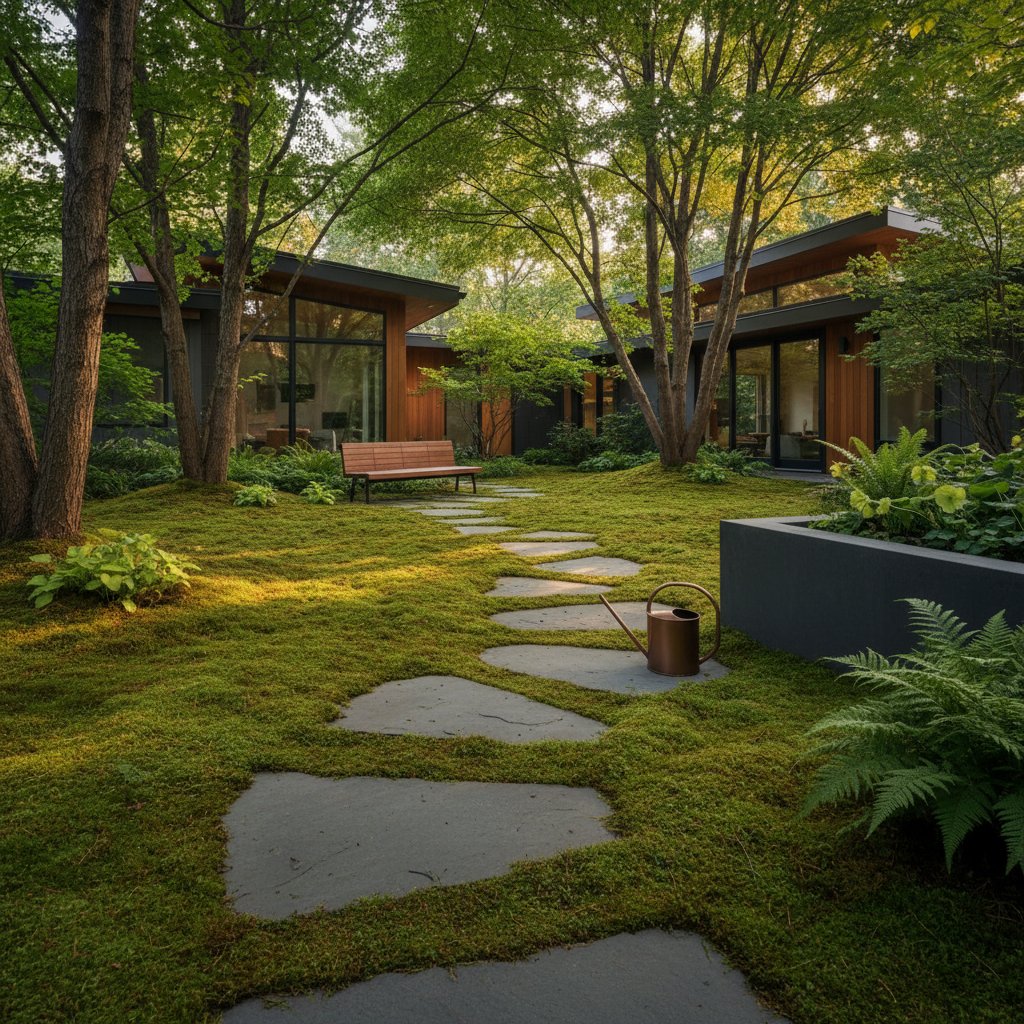Why Gravel Gardens Excel in Budget-Friendly Hardscaping
Homeowners seeking an economical, attractive, and resilient method to enhance their outdoor areas often turn to gravel gardens. These designs merge visual allure with functional benefits, requiring minimal ongoing effort and adapting seamlessly to various yard configurations. Gravel installations prove far more affordable than conventional hardscaping options, enabling the creation of contemporary courtyards, pastoral escapes, or efficient water-conserving layouts without excessive expenditure.
This comprehensive guide examines the key advantages of gravel gardens, recommends suitable materials, and provides detailed strategies for developing a enduring installation.
Detailed Cost Analysis and Financial Strategy
Gravel stands out as one of the most economical choices for landscape projects. Costs fluctuate based on gravel variety, particle dimensions, and hues, yet decorative options typically range from two to six dollars per square foot when factoring in straightforward labor. Homeowners who handle the installation personally can reduce expenses by approximately fifty percent.
Consider the following breakdown of common gravel types:
- Pea gravel: Approximately two to three dollars per square foot, prized for its smooth, rounded pebbles that create a soft, inviting surface.
- Crushed stone: Roughly three to four dollars per square foot, offering angular pieces that interlock for enhanced stability underfoot.
- Decorative gravel (colored or polished): Between four and six dollars per square foot, available in shades like river rock reds or polished marble whites to elevate visual impact.
In contrast, concrete patios frequently begin at twelve dollars per square foot, while natural stone pavers can surpass twenty dollars per square foot due to quarrying and placement demands. Such comparisons highlight substantial savings, potentially amounting to thousands of dollars for expansive projects. Moreover, gravel allows for straightforward modifications; future expansions involve merely clearing the site, applying additional layers, and integrating with existing areas, avoiding the disruptive removal associated with concrete.
Step-by-Step Planning and Installation Process
Establishing a gravel garden demands initial groundwork, yet basic implements and methodical effort suffice for success. Follow this structured sequence to ensure a professional outcome.
-
Outline the designated space
Employ stakes and twine to delineate boundaries. Accurately measure length and width to determine gravel volume; one cubic yard generally covers one hundred square feet at a three-inch depth, accounting for natural settling. -
Prepare the substrate
Excavate grass, weeds, and surface soil to a depth of four to six inches. Smooth the terrain for evenness and verify adequate slope for runoff, typically one percent grade. In inclined zones, install retaining borders to secure the gravel against erosion. -
Install the foundational layer
Distribute two inches of compacted crushed stone or coarse sand, using a plate compactor for firmness. This underlayment distributes weight evenly and prevents subsidence over time. -
Apply weed suppression fabric
Position permeable geotextile fabric across the base, overlapping seams by six inches and securing with landscape pins. This barrier inhibits weed growth while permitting essential moisture infiltration. -
Distribute the gravel evenly
Deposit the selected gravel in manageable sections, then rake to a uniform two- to three-inch thickness. Avoid overpacking to maintain permeability. -
Secure the borders
Position edging materials such as galvanized steel strips, reclaimed bricks, or pressure-treated lumber along the perimeter. These elements contain the aggregate and impart polished contours. -
Incorporate vegetation and features
Select arid-adapted species including lavender for fragrance, sage for silvery foliage, or feathery ornamental grasses for movement. Integrate flat stepping stones for pathways, wooden benches for seating, or terracotta planters for vibrant accents.
Small-scale gravel gardens often finish within a single weekend, assuming access to tools like a wheelbarrow, shovel, and rake. Extensive layouts might span several days, particularly if soil amendment or precise grading proves necessary.
Enhancing Designs Within Financial Limits
Gravel facilitates sophisticated aesthetics on modest budgets through thoughtful combinations. Explore these approaches to maximize appeal:
- Establish visual contrast by juxtaposing light-toned gravel with ebony mulch borders or basalt stone accents, drawing the eye to defined zones.
- Segment functional areas with varying gravel granulometry or pigments, such as fine pea gravel for lounging pads and coarser crushed rock for utilitarian walkways.
- Embed stepping stones strategically, selecting flagstone or recycled concrete slabs to provide firm footing amid the loose surface.
- Illuminate key elements via energy-efficient solar lanterns along borders or subtle uplighting to accentuate gravel textures and plant silhouettes after dusk.
- Introduce central features like a compact fire pit constructed from stacked stones, a sculpted boulder as an anchor, or a shallow basin fountain to foster tranquility.
The affordability of gravel encourages bold experimentation, such as swirling patterns or hybrid material integrations, with minimal incremental expense.
Enduring Advantages of Gravel Gardens
Beyond initial economies, gravel gardens deliver sustained value through reduced demands on time and resources. No fertilizers, irrigation schedules, or mowing implements prove necessary, freeing owners for enjoyment rather than labor. The permeable surface remains accessible across seasons, resisting mud formation and facilitating prompt drying after precipitation.
Superior drainage mitigates pooling and erosion, preserving structural integrity during intense storms. Over years, gravel weathers gracefully, developing a patina that enhances natural beauty without fading or cracking like concrete alternatives.
Implementing Your Gravel Garden Vision
To elevate your landscape affordably, initiate with a targeted gravel application, such as a winding path, intimate seating nook, or perimeter border. Evaluate gravel samples in natural light to align with your preferred ambiance, sketch a preliminary layout incorporating scale and flow, and invest effort in foundational preparation for longevity. As familiarity grows, scale up to encompass broader yard transformations, yielding a cohesive, stylish haven that rewards with enduring satisfaction.



